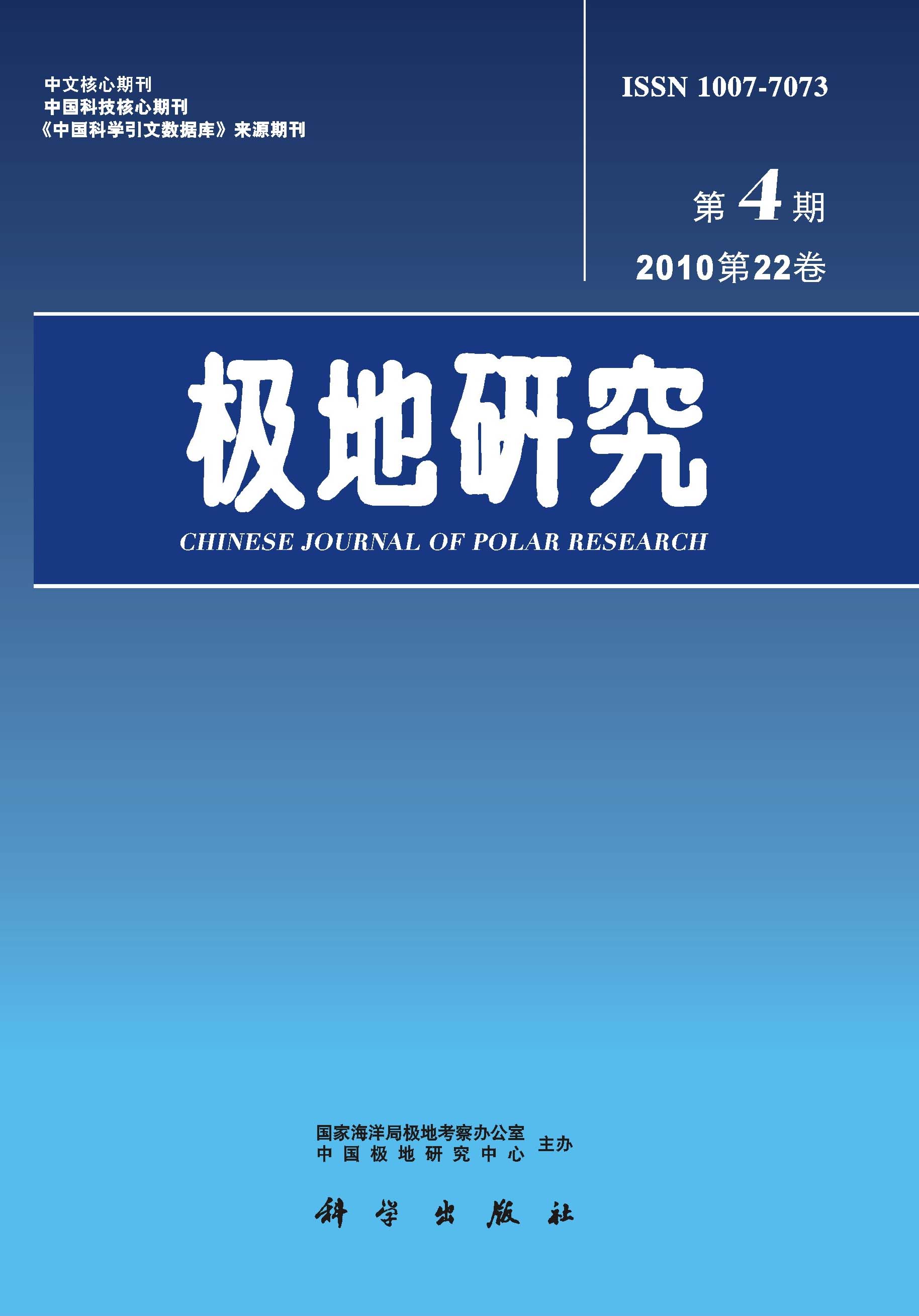In the 19th to 27th, January, 2000, the primary productivity, standing stock of phytoplankton, euphotic layer were surveyed in the Plydz Bay and the adjacent northern sea area, (62°N-68°N, 70°30′E-75°30′E), Antarctica. The result showed that the high chlorophyll a concentration was in the coastal bay, the polynya and the slope of the middle surveyed area. The higher area of chlorophyll a concentration (2.16-5.08μg/dm 3) were in the supper layer (0-50m) of the stations Ⅲ 6, Ⅲ 8. The average concentration in the subsurface (1.49±1.61μg/dm 3) is higher than that in the surface water(1.14±1.19μg/dm 3), then the concentration descended with water depth increased, the average chlorophyll a concentration is 0.03±0.02μg/dm 3 in the layer 200m. In the anchor station (Ⅲ 12), the maximum chlorophyll a concentration was in the afternoon of the austral summer, the concentrations in the surface water (0-25m) were higher than that deep layer which concerning continental border ice dissolved and ice algal released in the sea water. The potential primary productivity were 0.76-12.59μgC/(m 3·h), the average value was 4.01±4.07 mgC/(m 3·h) in the surveyed area;The in situ productivity more than 1.5gC/(m 2·d) was in the bay and continental area, and about 0.5gC/(m 2·d) appeared in the slope and deep sea area .The higher productivity was located on the coastal bay and the polynya of the continental shelf. The administration number was 0.88-3.10mgC/(mg Chla·h). The surface chlorophyll a concentration was related to the dissolved oxygen intently ( Y =0.059 X -41.02, r 2=0.931), and discussed the surface chlorophyll a concentration was interrelated ΔpCO 2 in the surface sea water.

